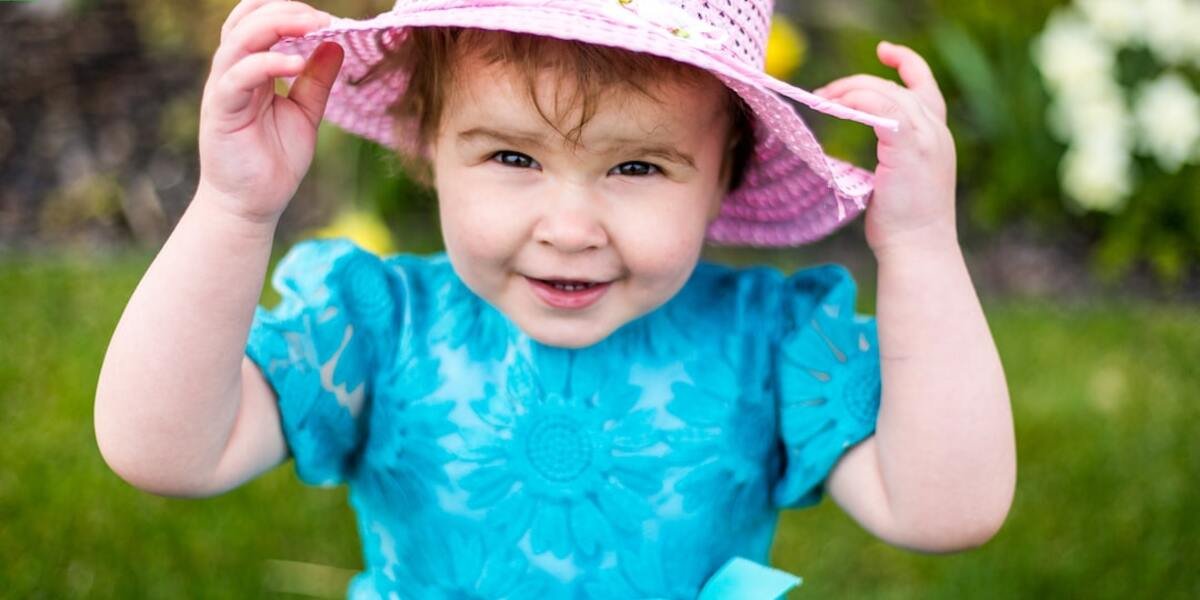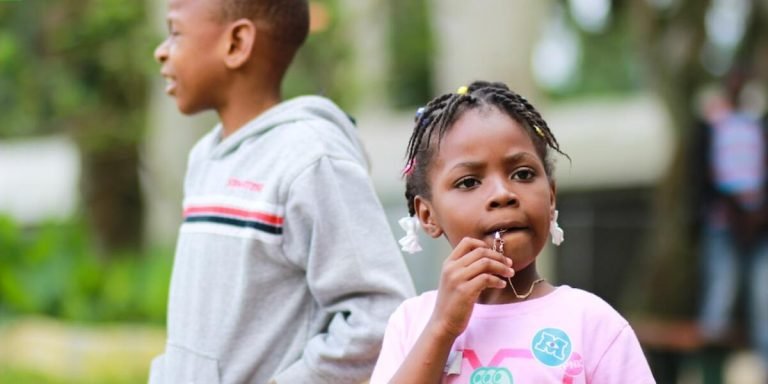Kindergarten Standards: A Comprehensive Understanding for Parents and Educators
Navigating the landscape of early childhood education can feel like venturing into uncharted territory. There’s plenty to grasp when it comes to understanding what your child is expected to learn, especially within their formative kindergarten years. A vital component that aids this journey involves becoming familiar with ‘kindergarten standards’.
These guidelines play a pivotal role in shaping your young one’s educational path and preparing them for future academic endeavors.
Understanding these ‘kindergarten standards’ isn’t just beneficial but crucial for both parents and educators alike as they lay out clear expectations regarding the skills children should acquire by year-end. Meticulously designed by experts, these offer great insight about various developmental areas from literacy and mathematics comprehension to physical well-being including emotional health; thus providing an inclusive overview of what constitutes a robust kindergarten curriculum.
Did you know?
Though the concept of kindergarten is widely known, a lesser-known fact is that it was first initiated in Germany by educational expert Friedrich Froebel in 1837. He used play and social interaction to foster learning at an early age, laying the groundwork for today’s kindergarten standards.
Understanding Kindergarten Standards in Early Childhood Education
The journey of learning starts early in life, with Kindergarten as a fundamental step. In the fast-paced world we live today where technology has become an integral part of education, understanding kindergarten standards in the era of digital learning is crucial for both parents and educators.
- Understand and meet set guidelines or goals by the end of their academic year.
- Achieve benchmarks in literacy, numeracy, and social-emotional development.
Educators can integrate technology into kindergarten programs to:
- Streamline educational processes.
- Foster an engaging environment for young learners.
Tech-based teaching methods include:
- Using interactive whiteboards.
- Providing tablets with child-friendly apps tailored to curriculum needs.
Additionally, dedicated online platforms offer age-appropriate content to enhance the learning experience.
In 2023’s context, revisiting traditional classroom settings isn’t just about incorporating smart resources; it also means adapting these technologies appropriately so they work harmoniously within pre-established aims outlined within kindergarten standards. For instance, if one standard lists developing fine motor skills through hands-on activities such as painting or threading beads onto string – advancements like touch screen devices could seamlessly assist this skillset progression via fun yet challenging games requiring precise finger movements on-screen.
Technology integration aids children meet many developmental milestones earlier than anticipated when used thoughtfully alongside routine instructions thus broadening horizons towards comprehensive Early Childhood Education.
Key Components of Standard Kindergarten Curriculum
Every aspect of early childhood education is crucial, and kindergarten standards are no exception. The outlines for these guidelines ensure that children learn necessary skills during their initial schooling years which can help shape them into informed adults. They focus on several key components to enhance the overall learning experience.
Firstly, literacy development serves as a cornerstone of standard kindergarten curriculum. Children become familiar with alphabets, sounds they make and how those sounds form words – engaging in activities that encourage reading and writing readiness so vital for future academic success.
Mathematical thinking comes next under these standards – it’s not simply about numbers but understanding patterns,and concepts like more than or less than etc., This can significantly contribute to developing problem-solving abilities.
Next up is social-emotional development where learners get insight into managing emotions effectively – nurturing respect towards others’ feelings whilst maintaining self-regulation concurrently opens room for healthy relationships later in life.
Lastly yet importantly emphasizes science exploration,introducing tiny tots believing natural world using basic scientific process encouraging curiosity amongst young minds!
The Role of Common Core State Standards in Kindergartens
“Understanding Kindergarten standards is no easy feat for parents and educators. Today, we’re discussing the role of Common Core State Standards (CCSS) in kindergartens as a benchmark tool to ensure quality education.
Firstly, CCSS aims at defining what every student from kindergarten through 12th grade should know and be able to do. These standards are designed to provide certain knowledge prowess that students need irrespective of their future plans – whether they aim to enter college or get into workforce immediately post-high school.
In relation to early childhood education specifically, these kindergarten standards play an essential role. They serve as a guideline for developing age-appropriate curriculum focusing on skill development rather than strict academic learning only.
For instance, one common standard under Language Arts includes ‘With guidance and support from adults, explore various digital tools.’ This requirement signifies how technology integration got underway even among the youngest learners – pushing them towards acquiring technological fluency from an early stage itself.
Moreover,focusing on Math skills- another key domain area by CCSS- it directs teachers towards helping kindergartners understand addition as putting together or adding more; similarly subtraction denotes taking apart/away or making something less/fewer than before which can easily be taught using interactive apps.
Implementing Best Practices for Teaching to Kindergarten Standards
Teaching to kindergarten standards in 2023 demands a considered approach. As educational professionals, we are increasingly recognizing the transformative impact of technology and its significance in early childhood education. To stay abreast with the dynamic learning landscape, it is vital that traditional teaching methods seamlessly merge with modern techniques.
The shift towards digital platforms has proven productive in implementing best practices for teaching at this stage. Introducing children to fundamentals such as coding or simple computer literacy classes makes them better prepared for future academic challenges while meeting all required kindergarten standards. Technology-based activities not only motivate young learners but also cultivate an environment conducive to interactive explorations – a highly effective means of stimulating cognitive development among kindergarteners.
Finally, let’s remember there isn’t a ‘one size fits all’ solution when intertwining technology into our curriculum; each child learns differently and what works wonders for one may be less effective for another. We continue refining our approaches through assessing individual student performance combined with feedback from educators nationwide along this exciting journey integrating technology within pedagogical processes effectively and intuitively.
Strategies for Aligning Classroom Activities with Educational Benchmarks
Ensuring that kindergarten classroom activities align well with educational benchmarks aids in fulfilling the overall teaching goals. “Kindergarten standards” fit into this context as critical determinants of a child’s academic progress and development. In 2023, technological advancements make it easy to integrate learning objectives into games, apps, and additional forms of digital media.
First on our list is embracing technology-friendly strategies while aiming for adequacy on kindergarten standards. Contemporary education needs us to adopt an integrated approach where traditional methodologies merge seamlessly with modern technologies like virtual reality (VR) or augmented reality (AR). A good example might be VR-based storytelling sessions aligned with language art or literacy-related standards.
Secondly, interactive software ensures active participation from children which has proven to boost cognitive skills significantly according to several studies conducted recently about early childhood education. These could include puzzle-solving activities designed around mathematical guidelines laid down by educational authorities; thereby meeting prescribed Kindergarten Standards remarkably well.
Thirdly let’s not forget the internet offering tons of integrative tools relevant for different subjects ensuring wide coverage across diverse kindergarten requirements e.g., online painting classes addressing creative/artistic abilities among kids holistically promoting kindergarteners’ motor control development.
Assessments and Evaluations: Measuring Student Success Against Standards
An important part of successful technology integration in education is being able to visibly see its impact through these assessment measures.
One best practice for this involves formative, summative, and progress monitoring methods that align with the kindergarten standards. Formative approaches can include ongoing observations during learning sessions or quick pop quizzes, while summative evaluation usually comes at the end of an instructional period – say a term or semester.
Progress monitoring is another valuable tool educators use: it’s about consistent tracking over time which offers insightful data on individual student growth towards meeting those crucial kindergarten standards.
Today’s digitally savvy world has seen acknowledgments across educational circles on computer-adaptive tests’ efficacy as well. By dynamically adjusting question difficulty based upon prior responses, such tech-based tools offer nuanced insights into specific areas where improvement might be needed; thereby giving teachers better resources to address gaps effectively.
Incorporating digital portfolios into classrooms has been found beneficial too – turning out as vibrant showcases representing students’ journey within their current curriculum boundaries whilst creating tangible proof points highlighting your institution’s effective pedagogy around “kindergarten standards”.
Interactive online games have emerged popularly offering reinforcement for classroom teachings besides enhancing cognitive skills including memory, attention span amongst others- all measured against established early childhood education norms.
Supporting Holistic Development Through Kindergarten Readiness Goals
The advent of technology in education has transformed the landscape and approach toward early childhood learning, particularly with respect to kindergarten standards. An area that is gaining significant attention these days is how we can harness this innovation to support a child’s holistic development through readiness goals at the kindergarten level.
Incorporating age-appropriate digital resources and tools allows educators to revolutionize their teaching methods while adhering firmly to modern-day kindergarten standards. It enables them not just merely focus on distinct areas such as numeracy or literacy but also cater holistically towards social-emotional growth, cognitive abilities, physical development along with expressing creativity. The integration of edtech solutions encourages collaborative learning which enriches students’ interpersonal skills from an early stage.
Moreover, using educational platforms provides teachers valuable insights into each student’s progress so individualized approaches can be taken if needed for fostering intrinsic motivation amongst kindergarteners. This process strikes a balance between traditional pedagogical techniques and upcoming technological advances making our children future-ready aligning well within today’s fast-evolving society in 2023.
Incorporating Social-Emotional Learning Alongside Academic Objectives
In the realm of early childhood education, integrating social-emotional learning with kindergarten standards has become a cornerstone. As we navigate through 2023, this approach continues to demonstrate monumental benefits for youngsters.
Social-Emotional Learning or SEL puts emphasis on children’s ability to comprehend their own emotions as well as those around them. It enhances empathy among kids by teaching them about their feelings along with acknowledging others’ perspectives too.
Academic lessons offer knowledge while SEL offers wisdom – understanding not just facts but also human behavior which helps in taking informed decisions down the line.
For example, imagine an Artificial Intelligence program designed for young learners that pairs up mathematical problems-solving tasks alongside scenarios stimulating kind responses towards others – blending technology integration with holistic personal growth.
Embedding such practices within daily routines encourages little ones to carry forward what they learn at school into real-life situations: sharing toys equals dividing objects (mathematics), helping a friend who fell down corresponds to sympathy (emotions).
1) Teachers should receive thorough training regarding combining academic objectives seamlessly with socio-emotional aims.
Fostering Cognitive Skills that Meet and Exceed Grade-Level Expectations
Educators now strive towards integrating technology seamlessly into their curriculum, taking advantage of tools designed for early childhood education—a bridged path ensuring students are prepared not just academically but also holistically.
The heartening fact about setting Kindergarten standards today is how they’re no longer limited to learning ABCs or basic counting. Educators aim at developing a child’s critical thinking abilities by introducing them to intuitive tech platforms right from Kindergarten—the stepping stone years.
Games with easy-to-follow storylines often introduce concepts like problem-solving while innovative apps help impart basics such as phonics or numbers through fun characters and interactive designs— these connective engagements work wonders on young minds!
Moreover, creative expression has seen new dimensions under technological influence! Young learners can explore myriad formats like short videos or animation sketching thereby boosting their confidence and nurturing originality—an inspiring outlet aligning with current kindergarten standards perfectly!
Despite its merits though it’s crucial we remember that Technology should act only as a teaching aid supporting teachers’ efforts rather than replacing human interaction completely—it’s all about maintaining balance really.
Conclusion
In conclusion, navigating kindergarten standards may initially appear like uncharted waters. However, armed with this comprehensive understanding and the practical tips shared in this article, parents and educators can confidently guide youngsters through these important early educational milestones.
Remember that every child’s journey is unique – there isn’t a one-size-fits-all approach to meeting kindergarten standards. Continuously educating yourself on childhood education matters will only enhance your ability to support them efficiently. We encourage you to explore more informative articles and resources available on our website as we firmly believe an informed adult paves way for a well-educated child.







